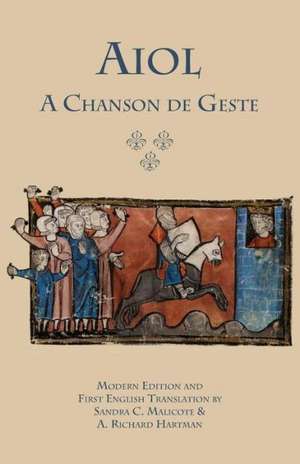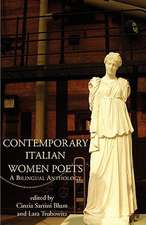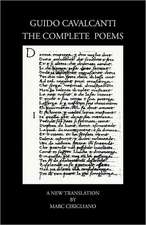Aiol: Medieval and Renaissance Texts
Autor Anonymous Editat de A. Richard Hartman, Sandra C. Malicoteen Limba Engleză Paperback – 2 feb 2014
| Toate formatele și edițiile | Preț | Express |
|---|---|---|
| Paperback (2) | 164.71 lei 6-8 săpt. | |
| Italica Press, Inc. – 8 mai 2014 | 164.71 lei 6-8 săpt. | |
| Italica Press, Inc. – 2 feb 2014 | 211.55 lei 6-8 săpt. | |
| Hardback (1) | 368.40 lei 6-8 săpt. | |
| Italica Press, Inc. – 2 feb 2014 | 368.40 lei 6-8 săpt. |
Preț: 211.55 lei
Nou
Puncte Express: 317
Preț estimativ în valută:
40.48€ • 42.38$ • 33.49£
40.48€ • 42.38$ • 33.49£
Carte tipărită la comandă
Livrare economică 07-21 aprilie
Preluare comenzi: 021 569.72.76
Specificații
ISBN-13: 9781599102207
ISBN-10: 159910220X
Pagini: 650
Dimensiuni: 140 x 216 x 37 mm
Greutate: 0.81 kg
Editura: Italica Press, Inc.
Seria Medieval and Renaissance Texts
ISBN-10: 159910220X
Pagini: 650
Dimensiuni: 140 x 216 x 37 mm
Greutate: 0.81 kg
Editura: Italica Press, Inc.
Seria Medieval and Renaissance Texts
Notă biografică
While writing and sharing her story has been cathartic for the author of How Could She Do It, she also hopes to help other women who have gone through similar struggles.
She would like her story to become an educational tool, increasing society's awareness and understanding, and serving to help prevent such crimes from occurring in the future.
The author wishes to remain anonymous for privacy reasons.


















